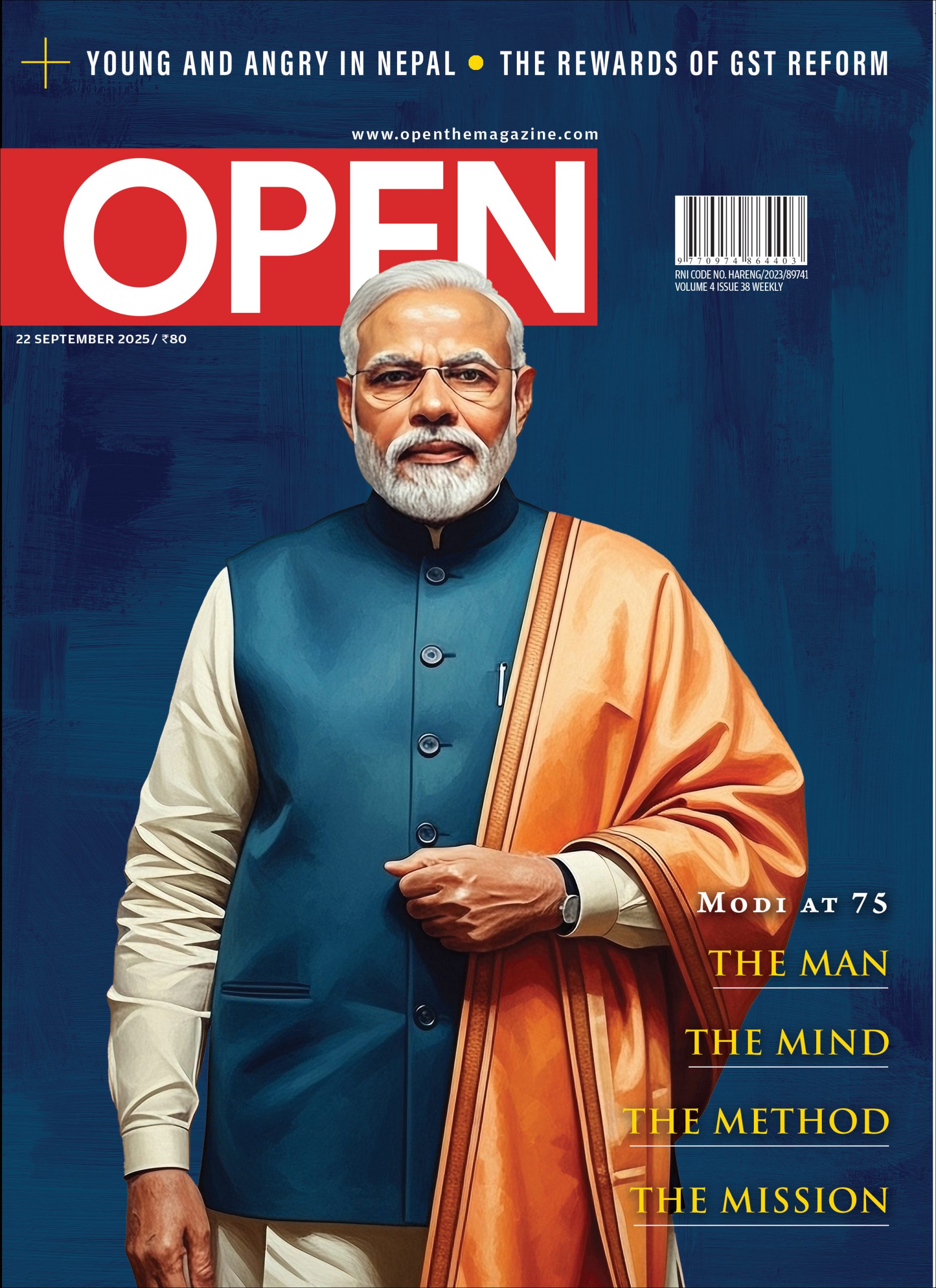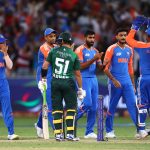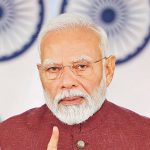Modi’s Single Ballot Solution
The bold proposal of holding Lok Sabha and Assembly elections together confounds the opposition
 Amita Shah
Amita Shah
 Amita Shah
|
02 Feb, 2018
Amita Shah
|
02 Feb, 2018
/wp-content/uploads/2018/02/SingleBallot1.jpg)
IN MARCH 2016, a BJP leader called some journalists for an off-the-record briefing at the party headquarters on Ashoka Road in Delhi. The leader gave out details of how Prime Minister Narendra Modi had floated the idea of simultaneous polls for the Lok Sabha as well as state assemblies at an all-party meeting held a month earlier. While the significance of it had escaped the media at the time, Modi’s intent was clear. Three years ahead of the next General Election, he had set a ball rolling that has acquired momentum and raised political decibel levels in recent days. If Modi has raised his pitch, President Ram Nath Kovind has added urgency to the debate by bringing it up in his address to Parliament at the start of the Budget Session.
Back in 2016, the BJP leader had claimed that most party leaders at the February meeting favoured the proposal in principle. While Modi has taken up its advocacy in right earnest ever since, citing mostly the costs and disruption of having poll after poll in some state or another, the opposition’s stance remains relatively ambiguous. Two months before that all-party meeting, a parliamentary panel headed by a Congress leader had examined the ‘feasibility’ of holding Central and state polls together and recommended doing it in two phases: one in the middle of the Lok Sabha’s five-year term and the other at the end of its tenure. “Largely, across party lines the view was that it would be a good idea to have simultaneous elections in the entire country, but there were apprehensions about its feasibility,” says EM Sudersana Natchiappan, who had headed that Parliamentary Standing Committee on Personnel, Public Grievances, Law and Justice.
The Committee, which had taken up the matter in January 2015, drew up a two-phased election scenario in its report. If the first phase were held in November 2016, for 16 states (nearly half the country), the current Karnataka Assembly would lose 599 days. Similarly, if a second round were held in mid-2019, Himachal Pradesh’s legislative house would have its term extended by 512 days. In all, Natchiappan says, it would take at least three such two-phased elections—over 15 years—before all polls could converge to a common election for the entire country. “This would mean it would take at least two decades before the proposal of a single election becomes reality,” he says.
The BJP has been trumpeting the problems of the poll calendar as it exists today: apart from the high cost of multiple elections and frequent interruption of governance by the imposition of a model code of conduct, there is also the strain of being in constant election mode and the prolonged deployment of security forces. In a paper brought out last year by the Niti Aayog, ‘Analysis of Simultaneous Elections: The What, Why and How’, its authors Bibek Debroy and Kishore Desai also suggest a two-phased process: the Lok Sabha and 14 states in April-May 2019, followed by the rest in October-November 2021. This plan could be put into place by the next General Election. It is structurally in line with what the parliamentary committee proposed, though this panel is headed now by BJP General Secretary Bhupendra Yadav and is re-examining the idea as part of a broader agenda of electoral reforms.
As the debate widens to touch upon the benefits of making such a shift, a political consensus seems to be eluding Modi. The opposition appears suspicious of Modi’s ‘motives’ in pushing so hard for it, even as smaller parties are apprehensive of getting eclipsed by national parties and issues. Even BJP allies have misgivings. Bihar Chief Minister Nitish Kumar, a BJP ally, has thrown a spanner in the Niti Aayog’s proposal, saying that his state should go to the polls as scheduled in 2020 and not one year earlier. The Shiv Sena’s Anandrao Adsul says the idea is good, but has questions of viability. “How will Gujarat go for another election? It’s very difficult to implement,” he says, “A way has to be found.”
On its part, the opposition senses a tactical design in the BJP’s eagerness to press ahead with simultaneous elections. Even the Lok Sabha polls have been ‘presidential’ ever since Modi took the national stage, many of its leaders worry, and his popularity could override local factors in other polls too. That Modi makes it a point to lead his party’s campaign for state assemblies—successfully for the most part—only appears to add to their nervousness.
Senior leaders have begun to voice resistance. Former Union Minister P Chidambaram, for example, argued at a recent panel discussion that the Constitution gave each state’s legislature its own term and it would have to be amended for such an idea to be implemented. While some polls could be postponed and others brought ahead, he added, this could not be done for all 30 states. The Left, meanwhile, has explicitly rejected the proposal. “We are not for any change in the present constitutional scheme of things,” says CPM Politburo member Prakash Karat. “It would mean the cutting short of some assemblies or extending the term of some. This would mean a violation of the rights of people and requires a constitutional amendment.”
When India began as a democracy, Lok Sabha and state polls were held together. Over time, they fell out of synchrony—most sharply of all in 1971, when the Congress under Indira Gandhi advanced the General Election due in1972 by a year and threw Assembly polls into a separate schedule. This was a political calculation; Indira Gandhi, having split the party in 1969 and nationalised banks with Communist support, was keen to consolidate power by making the most of her popularity. The Lok Sabha’s five-year cycle has also been disrupted by half a dozen mid-term polls held since the first General Election of 1952. Once, in 1977, the House’s term was extended by ten months on account of the Emergency declared in 1975. More recently, in 2004, then Prime Minister AB Vajpayee chose to advance that year’s General Election by a few months, but this gambit went awry as the BJP lost power at the Centre as also in four states that went to the polls alongside. In general, simultaneous polls magnify political gains as well as losses. The mid- term dismissal of state governments, done often over the 70s and 80s under Article 356, has also had a role in shifting poll cycles around.
Natchiappan says the need of the hour is to forge a consensus. “The fear of smaller parties is that their existence may be at stake if simultaneous elections are held,” he says, “But, in 1952, at a time when the Congress had a monopoly and all elections were held at the same time, the Communist Party became the [main] opposition party in the Lok Sabha; and in 1957, it won the state elections in Kerala.” That was the first time an opposition party won an Indian state. He recalls how when his panel landed in Chennai, the late AIADMK supremo J Jayalalithaa, who was fighting a bypoll in RK Nagar, had sent party leader Thambidurai with a signed note in support of the idea in principle. She wanted a fixed term for the Lok Sabha as well as state Assemblies under a law similar to the UK’s Fixed-Term Parliaments Act, under which polls can be held before the end of five years only on a two-thirds vote in the House of Commons or if a government is defeated on a no-confidence motion and an alternative cannot win enough votes to replace it within 14 days.
The Niti Aayog document does not back the proposal of fixing tenures. Rather, it cites the Election Commission’s recommendations to the parliamentary panel that to avoid a premature dissolution of the Lok Sabha, a no-confidence motion moved against the government in office should include a mandatory confidence motion in favour of a replacement (under a named leader) to be voted upon at the same time. It also says if a situation should still arise where the House needs to be dissolved, then for the remainder of its term—unless it is too long—a provision should enable the President to govern the country on the advice of a Council of Ministers till the next House is constituted as per its electoral schedule. In case the period is too long, then fresh polls could be called, but with these MPs asked to serve only till the end of the original term. The paper proposes a similar formula for state assemblies.
Subhash Kashyap, a constitutional expert who was secretary general of the seventh, eighth and ninth Lok Sabhas and is a vocal votary of simultaneous polls, believes it is now for the Government to put the idea into practice. If it’s done in a phased manner, he says, it would require no amendment of the Constitution, and the common-poll goal could be achieved by 2024. “All that is required is the political will of those in power,” he says, “The question is whether they want simultaneous elections or just a debate. A national consensus may never be possible and this should not become an alibi, like in the case of the Women’s Reservation and Lokpal bills. The rulers have to decide.” The framers of the Constitution had envisaged elections being held together and it was only after 1967 that the “malady of frequent elections” started, he says.
TK Viswanathan, another former secretary general of Lok Sabha who is now director, International Centre for Alternative Dispute Resolution, says given the current electoral cycle—which has half a dozen polls every year—it would take a one-time extension or curtailment of tenures of most state assemblies to synchronise elections. His predecessor PDT Acharya, however, is sceptical of how long it would last. While the idea is fine, he says, instability at the Centre or in any state could disrupt the timeline again. Also, a government could be ousted on popular will (‘recalled’, so to speak). “[Such] accountability helps in course correction,” he says, “If elected representatives are assured they don’t have to face people for five years, they will not look back.” He rejects the two-phased approach as well. “Which decision was prevented because of the model code of conduct?” he asks. The Niti Aayog paper counters a similar argument made by Former Chief Election Commissioner SY Quraishi, saying a politician’s need for re-election after his or her term would ensure accountability to the people.
Modi seems determined to attract popular support for his idea. “The Prime Minister has said we should evolve a healthy debate. Taking cognisance of that, we held a ‘One Nation, One Election’ seminar. The idea need not be literally one election. It could be two elections. We have kickstarted a debate,” says BJP Vice-President Vinay Sahasrabuddhe, who is vice-chairman of the Rambhau Mhalgi Prabodhini, a training institute that held a conference on the issue in Mumbai recently. A larger outreach, say BJP sources, will help achieve a consensus on it.
“If the Government wants to have simultaneous elections in the country at a single time, it would require a constitutional amendment,” says Natchiappan, “Parties won’t accept that because nobody will want to lose their elected term. That’s why we suggested two phases. It’s more practical.” He says while some regional parties like the All India Forward Bloc in West Bengal have expressed concerns about regional issues and parties getting overshadowed, others welcome the cost savings. The Congress argument at his panel, he says, was that it was ideal but also impractical; moreover, it could “lead to a scenario where the necessary balance in Indian democracy, given the diversity, is lost”. Mamata Banerjee’s Trinamool Congress has rejected the idea, stating the Constitution provides five-year terms for the Lok Sabha and Assemblies, but has backed simultaneous polls to panchayats and municipal bodies. The CPI has said it looks ideal but had practical problems. Sharad Pawar’s NCP has called infeasible. The Asom Gana Parishad, a BJP ally, has supported the idea as a way to reduce the financial burden on small parties. The Indian Union Muslim League (IUML) is also in favour of it for similar reasons.
By Election Commission figures, the General Election holding bill rose from Rs 1,115 crore in 2009 to Rs 3,870 crore in 2014. The actual expenses of political parties on polls are many times higher. Popular anger has been expressed over the soaring figures. While many believe simultaneous polls would be in the country’s interest, others argue it would go against the spirit of democracy; while some say it would hasten development, others see no reason a model code of conduct should impede it; while some say it would save public money, others say it would shrink the space for regional players and privilege national parties; while some believe it needs no amendment if done in a phased manner, others insist it demands a two-thirds vote in Parliament. What all agree is that ‘One Nation, One Election’ has political appeal. To Modi’s credit, he is only too well aware of it.

/wp-content/uploads/2025/09/Cover-Modi-scaled.jpg)











More Columns
I Missed A Flight Thanks To Robert Redford, Plus He Took My Magazine! Alan Moore
Robert Redford (1936-2025): Hollywood's Golden Boy Kaveree Bamzai
Surya and Co. keep Pakistan at arm’s length in Dubai Rajeev Deshpande